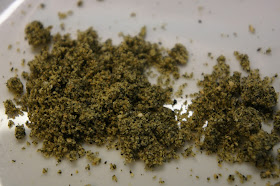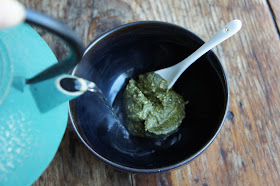Chinese New Year, also known as Spring Festival, fell on January 28th this year and will be celebrated all throughout the next 15 days. Chinese New Year is the most important holiday celebrated among the Chinese and Asian communities worldwide. It is a holiday to celebrate new beginnings, but most importantly it’s a holiday for families to get together and celebrate health and good fortune. Traditionally on New Year’s Eve families get together to have “tuan yuen fan,” which means the reunion dinner. There are many dishes that are served during the reunion dinner and each dish symbolizes a fortune.
Dumplings are an important dish to serve on New Year’s Eve because usually the whole family gathers around the table to assemble the dumplings to celebrate cooperation. Dumplings symbolize wealth and good fortune because they are shaped like gold ingots and also look similar to little pouches filled with treasures inside. The fillings also symbolize different fortunes. The most popular dumpling fillings are pork and cabbage. Cabbage in Chinese is “Bai Tsai,” which sounds like the word for “hundred fortunes.” I have very fond memories of sitting next to my mother watching her shaping the delicious little treasures. And even though I make my own dumplings now, I still ask my mom to make dumplings every single time I go back to Taiwan just so I can sit next to her and watch her make dumplings.
To celebrate the Chinese New Year this week, I’d like to share with you my simple recipe for cabbage and pork dumplings and hope they will bring hundreds of fortunes for everyone in the coming new year.
Ingredients:
- 1 lb. ground pork
- 11⁄2 cups cabbage
- 2 cloves garlic
- 2 scallions
- 3 dried shiitake mushrooms, soaked first in water
- 1 Tbsp. minced ginger
- 11⁄2 Tbsp. soy sauce
- 3⁄4 tsp. salt
- 1⁄2 tsp. sugar
- 1⁄4 tsp. white pepper
- 2 tsp. cooking wine
- 2 tsp. sesame oil
- 40 wonton wraps
Directions:
Start by chopping the cabbage into small pieces. Then work 1⁄2 tsp. salt into the chopped cabbage. Let it sit for 20 minutes to allow the cabbage to sweat.
Prepare the the rest of the ingredients while we wait for the cabbage to be ready. Chop the garlic, scallions, ginger and pre-soaked dried shiitake mushrooms into small pieces.
Add all of the seasonings and sauces into the pork and, using a chopstick, stir the meat for a few minutes until all of the ingredients are combined and the meat breaks down and turns into a mushy texture .
Squeeze the cabbage to get rid of the water. Mix the cabbage into the meat along with the chopped garlic, ginger scallions and mushrooms.
Traditionally, dumpling wraps are round shaped and you can find them at the Asian grocery stores. But here in the midcoast I was only able to find the wonton wraps, which are square. In order to make the dumplings shaped like the gold ingots, we need to cut the wonton wraps into circles. The easiest way to do this is by using a biscuit cutter. But don’t throw out the scraps! You can make noodle soup with them.
To assemble the dumplings, have some water on hand for sealing the wraps. Scoop about 1⁄2 to 1 teaspoon of the filling onto the center of the wrap, wet the edges the wrap and fold in half .
Holding it with both hands, use your index finger and thumb of one hand, make a pleat and pinch it together while using your other index finger to stuff the fillings. Continue the crease/pinch motion until you’ve reached the end on the wrap.
Grease the steamer lightly with some oil and place the dumplings in the steamer. Steam the dumplings in batches on high heat for 13 to 15 minutes. If you don’t have a steamer you may boil them for 8 minutes on high heat, though the texture on the wrap may not be as chewy using the boiling method. You may prepare them in advance and store them in the freezer. There is no need to thaw them — just steam or boil while frozen and give them an extra two minutes to cook.
Serve with soy sauce or with a little rice wine vinegar.
Happy new year and enjoy.






















































